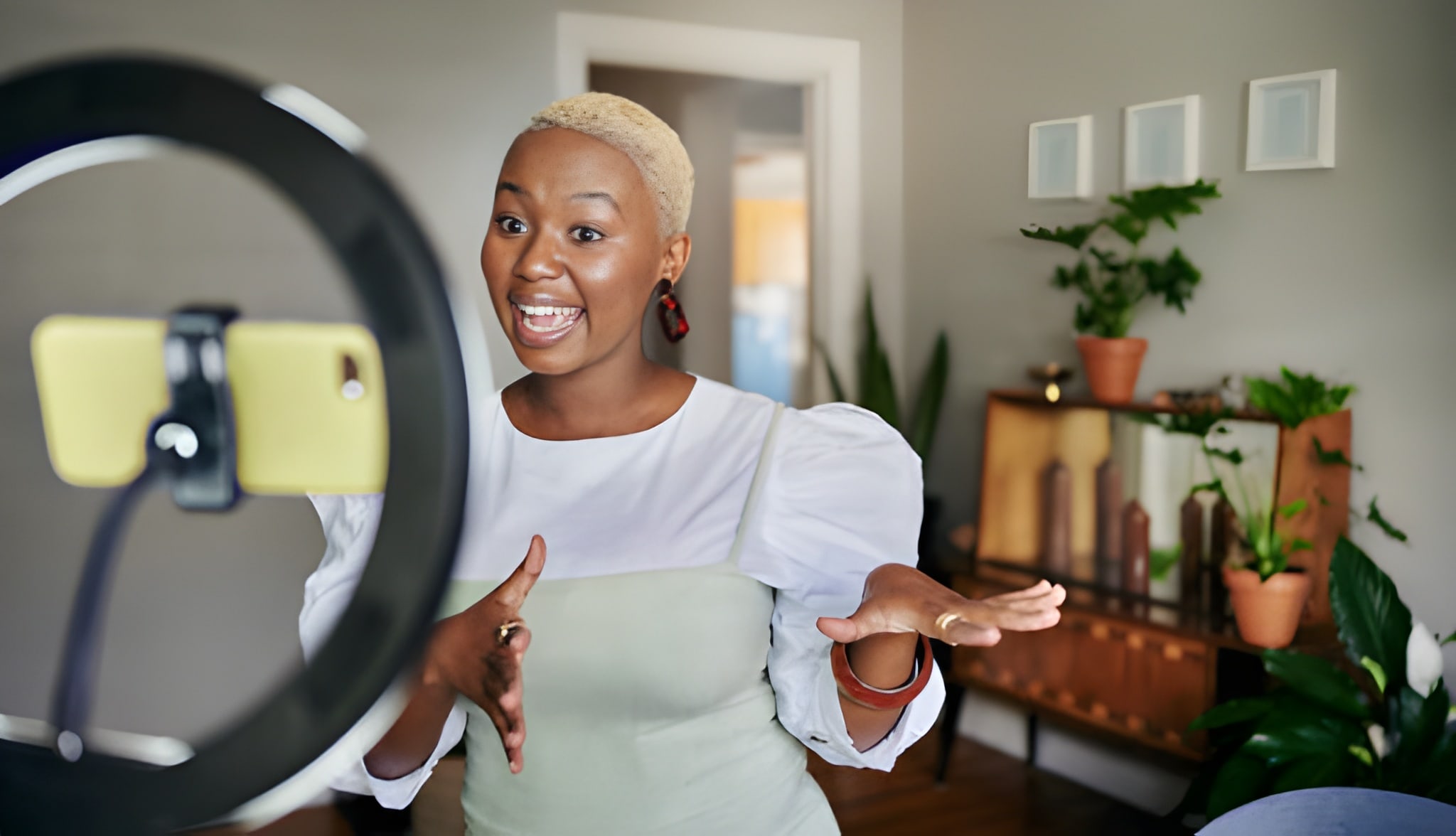In today’s digital landscape, traditional advertising alone isn’t enough to capture attention. Audiences trust people more than they trust brands and that’s where influencer marketing comes in. By collaborating with the right influencers, your business can gain visibility, credibility, and conversions faster than ever before.

1. Understand the Power of Influencer Marketing
Influencers have loyal audiences that value their opinions. Whether they’re lifestyle bloggers, tech reviewers, or social media creators, their endorsements can make your brand feel more authentic and relatable. This helps bridge the gap between your business and potential customers in a natural way.
2. Identify the Right Influencers for Your Brand
Not all influencers are right for your business. Focus on finding those who share your brand values, speak to your target audience, and create content that aligns with your message.
- Nano and micro-influencers (1K–50K followers) often have more engaged audiences and affordable rates.
- Macro and celebrity influencers (100K+) provide massive reach and strong brand awareness.
A smart mix of both can deliver the best results depending on your campaign goals.
3. Set Clear Goals and KPIs
Before you start a campaign, define what success means for your business. Common influencer marketing goals include:
- Increasing brand awareness
- Driving website traffic
- Boosting sales and conversions
- Growing your social media presence
Setting measurable KPIs (such as engagement rate, click-through rate, or conversion rate) helps you track progress and evaluate performance.
4. Create Authentic, Value-Driven Collaborations
The best influencer partnerships feel natural, not forced. Give influencers creative freedom to tell your brand story in their own style. Authenticity is what makes influencer marketing powerful, and audiences can tell when content feels overly promotional.
Collaborate on:
- Product reviews and tutorials
- Behind-the-scenes or “day in the life” content
- Social media giveaways or challenges
- Branded hashtags and storytelling campaigns
5. Leverage Different Platforms Strategically
Each social media platform works differently for influencer marketing:
- Instagram is great for visual storytelling and product showcases.
- TikTok drives viral engagement through short, creative videos.
- YouTube is perfect for in-depth product reviews and tutorials.
- LinkedIn works well for B2B influencers and thought leaders.
Choose platforms where your target audience is most active.
6. Track, Analyze, and Optimize
Monitor how your campaigns perform using tools like Google Analytics, Meta Ads Manager, or influencer platforms. Measure engagement, traffic, and sales directly linked to influencer posts. The data helps you understand what works best and where to improve in future collaborations.
7. Build Long-Term Relationships
Instead of one-off deals, build lasting relationships with key influencers. Long-term partnerships make your brand feel more genuine and consistent, helping to strengthen audience trust and loyalty over time.
Conclusion
Influencer marketing is more than just paying someone to post about your brand, it’s about building authentic relationships that inspire trust and action. When done right, it can transform how people perceive your brand and significantly boost growth.
At CMP Media Agency, we help businesses identify the right influencers, design creative campaigns, and track measurable results. Let’s create influencer marketing strategies that elevate your brand and deliver real ROI.


